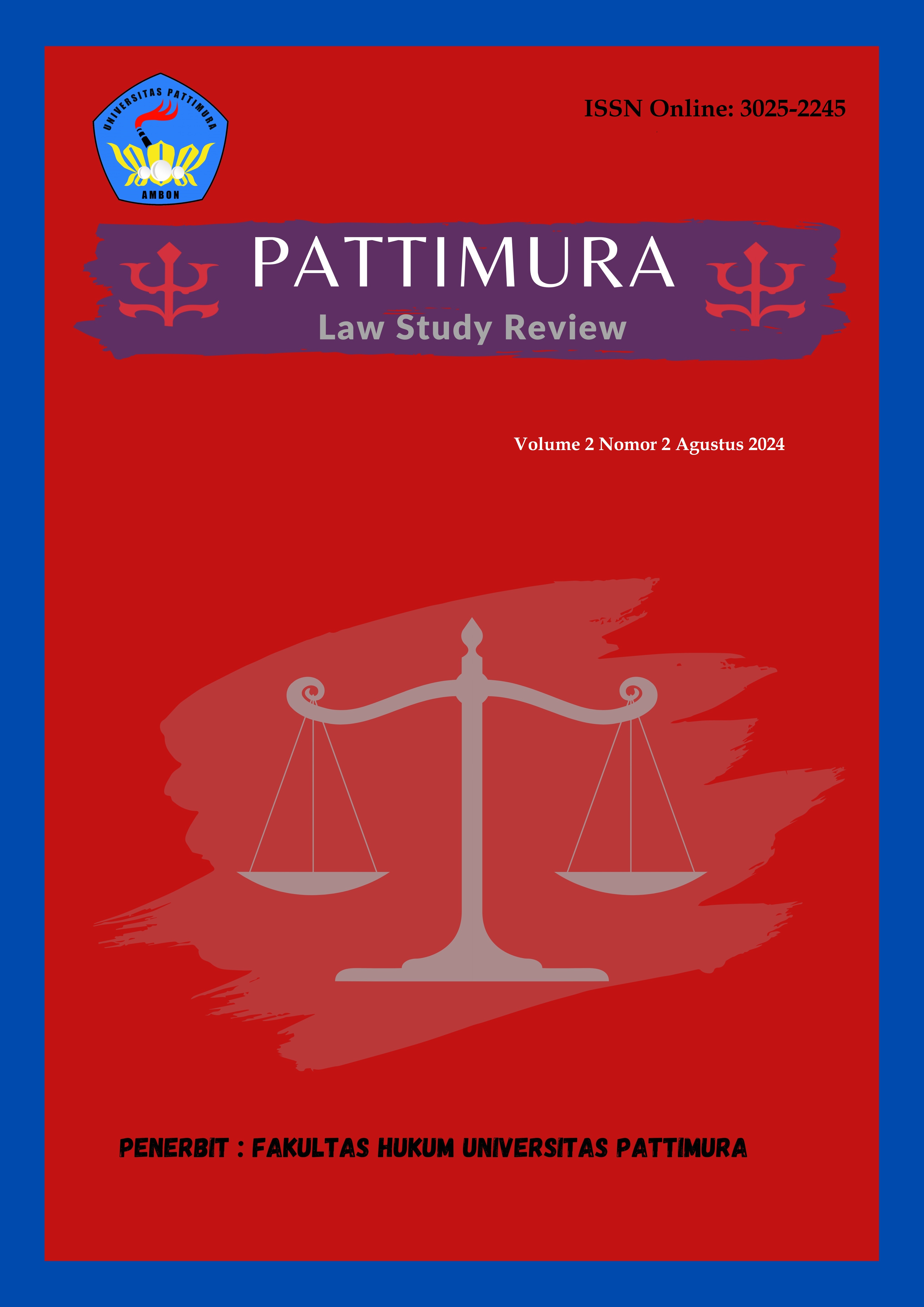Perlindungan Hukum Karya Seni Lukisan Yang Di Tiru Dan Disebarluaskan Tanpa Hak
Abstract
In Indonesia there are still many copyright violations, one of which is painting. where a painting is imitated and redrawn and sold without the permission of the copyright holder. The research method used is normative juridical using a statutory approach and also a conceptual approach. There are legal sources used including primary legal materials, secondary legal materials, and tertiary legal materials. With the technique of collecting legal materials, it will be linked to legal facts, legal events and legal consequences so that it will be analyzed based on qualitative methods. The results of the research show that legal protection for creators of works of art whose paintings are imitated and distributed without rights is considered a copyright violation. Because it violates the law which involves taking and using it commercially without the permission of the copyright holder. The form of responsibility that must be carried out by the gallery75 owner is to delete the paintings posted on his social media accounts, and make compensation or give a portion of the proceeds obtained.
Downloads
References
Jurnal
Agustina Balik, Merry Tjoanda, Novyta Uktolseja, Yosia Hetharie. “Interaksi Menyoal Hak Kekayaan Intelektual dengan Pelaku Usaha Mikro Batik Khas Maluku di Kota Ambon”. Jurnal Pegabdian Hukum & Humanior 2024.
Khwarizmi Maulana Simatupang, Tinjauan Yuridis Perlindungan Hak Cipta dalam Ranah Digital (Judicial Review of Copyright Protection in Digital Sector), Ilmiah Kebijakan Hukum, Volume 15-Nomor 1, Maret 2021.
Ni Putu Sinthya Anjani dan R. Ibrahim, Perlindungan Hukum Terhadap Pelanggaran Hak Cipta Software di Internet (Ditinjau dari Undang-Undang No. 28 Tahun 2014 Tentang Hak Cipta, Jurnal Kertha Semaya, Vol. 1, No.9, 2018.
Siti Nurul Intan Sari Dalimunthe dan Wahyuni, Ridha, Perkembangan Hak Kekayaan Intelektual Sebagai Objek Jaminan Kredit Perbankan, Adil Jurnal Hukum, Vol. 14, No. 1,2023.
Buku
Eddy Damian. Hukum Hak Cipta. Bandung: Alumni, 2005.
Online/Word Wide Web
Natasha Alwi, Skripsi: Penerapan Prinsip Originalitas Dalam Melindungi Karya Cipta Desain Visual Menurut Undang-Undang Hak Cipta No. 28 Tahun 2014 (Kasus Tokyo 2020 VS Theatre Deliege dan Kasus ITS VS Inkom The Snab), Malang: Kementerian Riset, Teknologi, dan Pendidikan Tinggi Fakultas Hukum Universitas Brawijaya, 2018.
Ridha Wahyuni, Perlindungan Hak Cipta Lukisan dari Tindakan Pemalsuan oleh Pihak Ketiga Berdasarkan Undang-Undang Hak Cipta No. 19 Tahun 2002, Bandung: Magister Kenotariatan, Universitas Padjadjaran, 2007.
Tim Hukumonline, Dasar Hukum Cipta yang Berlaku Saat Ini, https://www.hukumonline.com/berita/a/dasar-hukum-hak-cipta-lt62b9143a498ff?page=all#! (diakses pada 5,mei, 2024).
Copyright (c) 2024 Diouf Alexsandro Latupeirissa, Theresia Louize Pesulima, Agustina Selfina Balik (Author)

This work is licensed under a Creative Commons Attribution-NonCommercial 4.0 International License.
Authors who publish their manuscripts in this Journal agree to the following conditions:
- The copyright in each article belongs to the author, as well as the right to patent.
- Authors are able to enter into separate, additional contractual arrangements for the non-exclusive distribution of the journal's published version of the work (e.g., post it to an institutional repository or publish it in a book), with an acknowledgment of its initial publication in this journal.
- Authors are permitted and encouraged to post their work online (e.g., in institutional repositories or on their website) prior to and during the submission process, as it can lead to productive exchanges, as well as earlier and greater citation of published work.
- Authors have the right to self-archiving of the article (Author Self-Archiving Policy)













